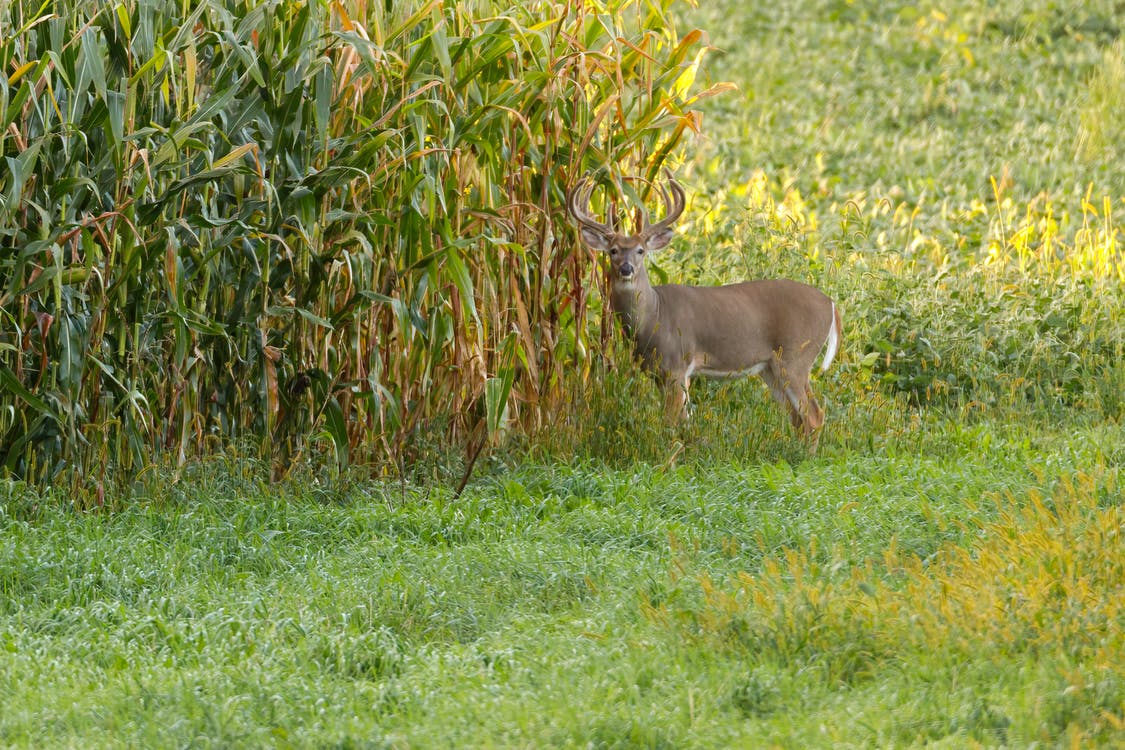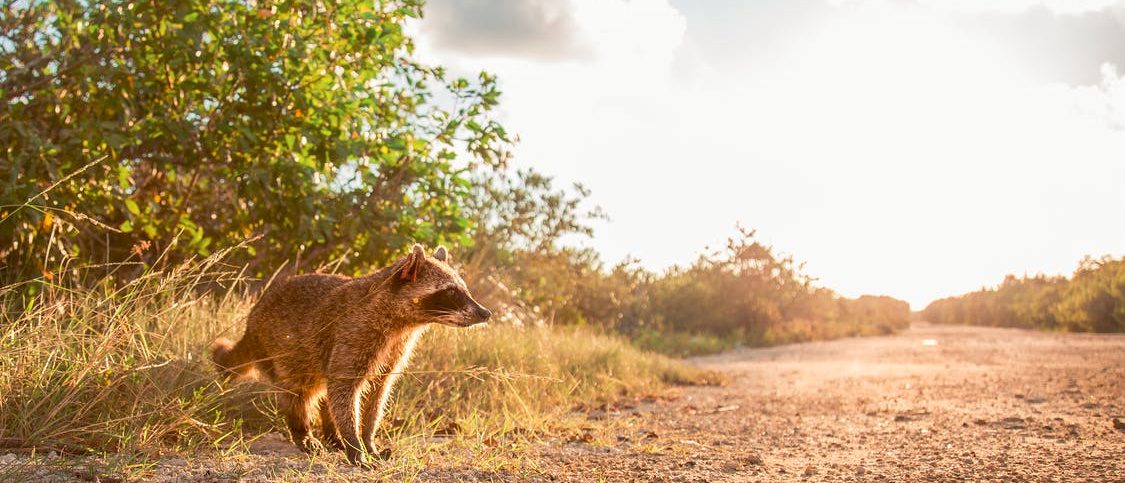The cottontail rabbit must constantly be on alert for enemies. Naturally, they love the cover that wooded areas and brush provide. It's not hard to catch a glimpse of wild rabbits in Kansas because they are highly prolific and widespread.
Rabbits have a variety of grasses and herbs and grasses to choose from when it comes to diet. But they are careful not to venture too far from their burrows, sniffing the air first to test for predators. While munching on their favorite plants, they must be aware of their surroundings, so it's common to see their distinctive tall ears sticking up above the grass. Rabbits chew 2 times per second, which comes out to 120 chews per minute!
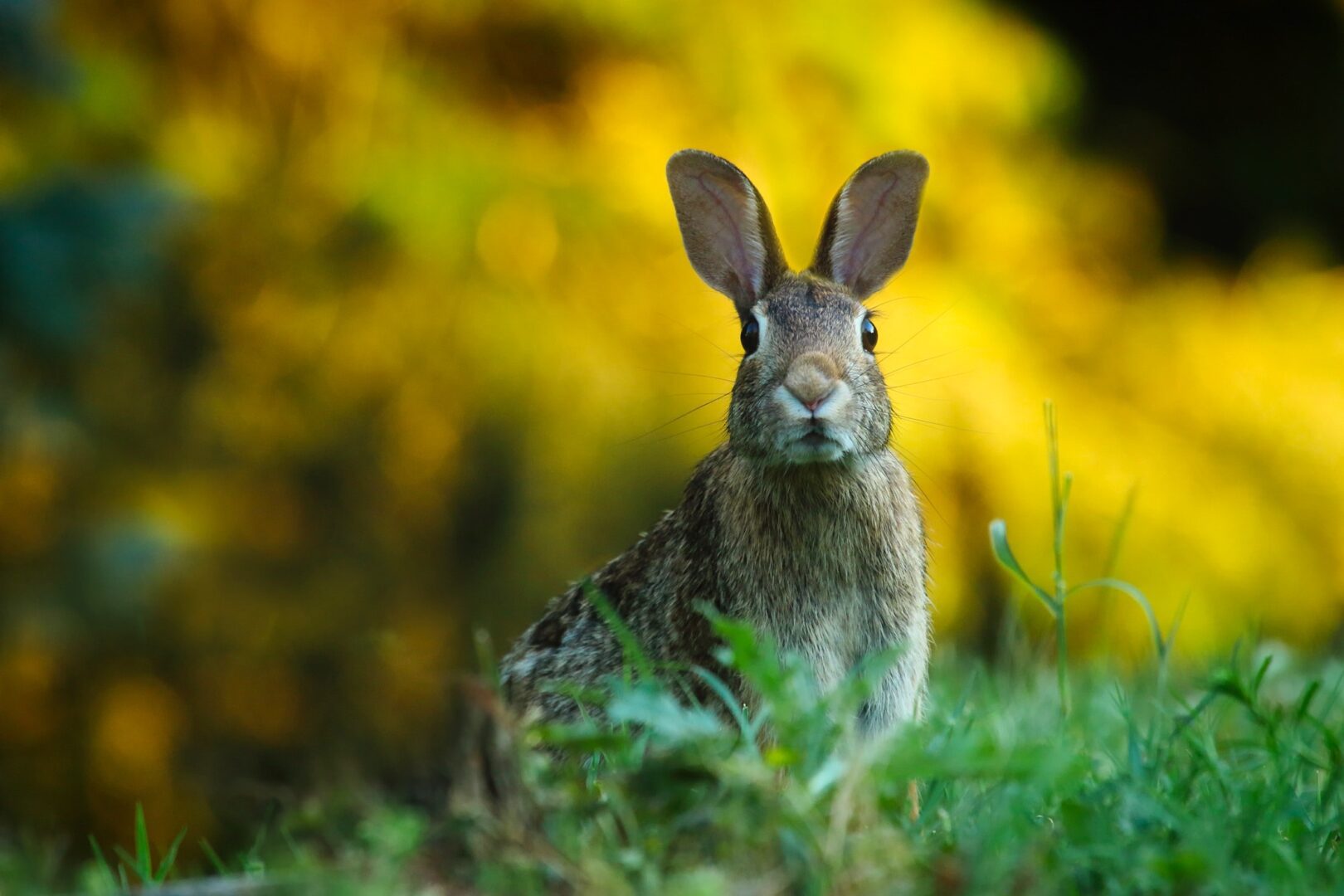
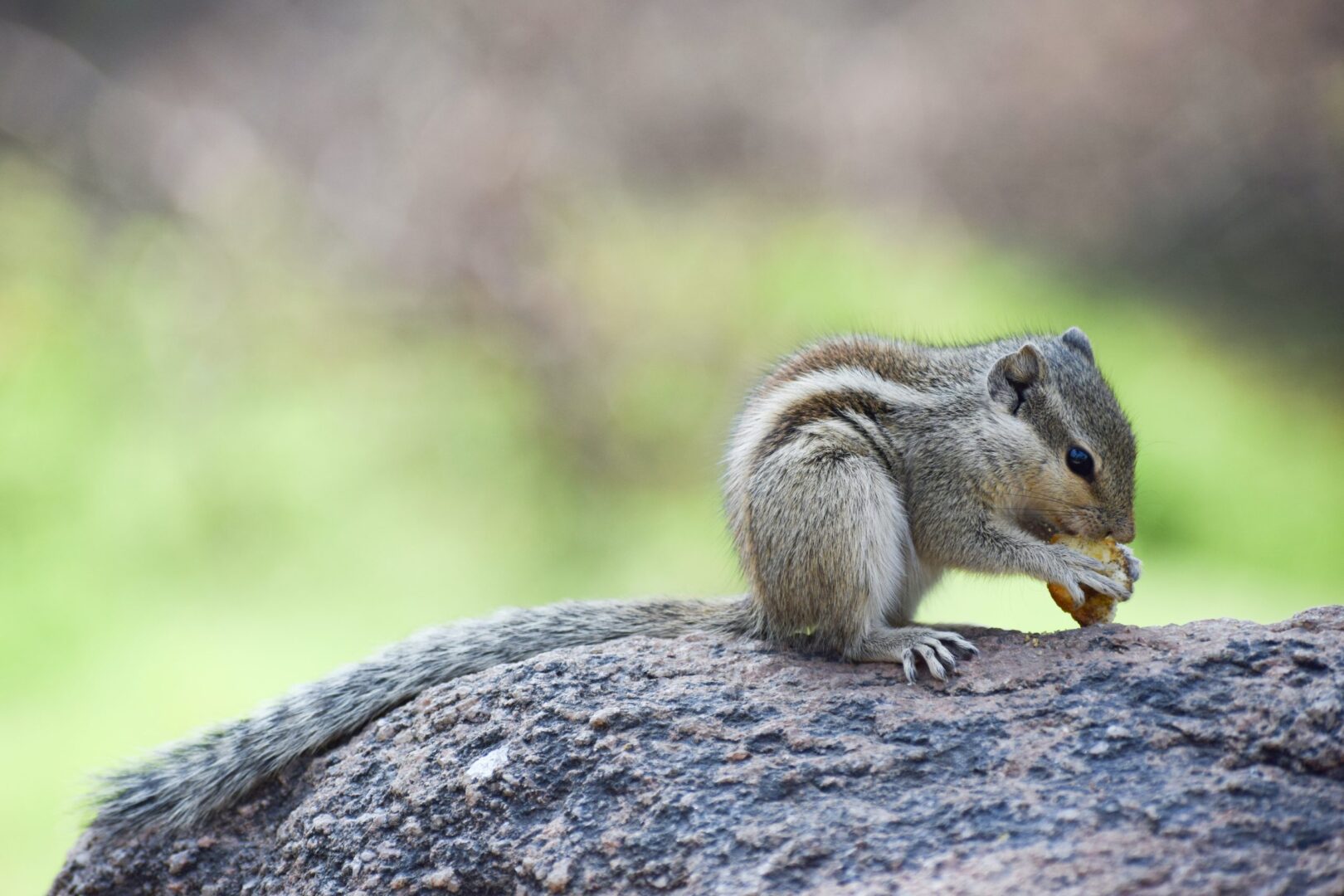
The chipmunk, a tiny little member of the squirrel family, spends a lot of time underground in an ingenious tunnel system that serves as a pantry, a shelter and a nest for babies which weigh just a few grams at birth. That's only the size of two quarters!
These chubby-cheeked charmers have a lot of natural enemies; owls, foxes, raccoons, bobcats, dogs, snakes and coyotes would love to snag a chipmunk for lunch. Clever and resourceful, chipmunks are quick on their feet and are willing to eat a wide variety of foods.
In its very short life, which averages about 2 months, the vole scurries across the meadows of Kansas in an almost constant flurry of activity.
Some people find voles in their gardens, doing damage as they nibble on shrubs and trees. When pursued, a vole can run up to 6 miles per hour. During breeding season, male voles can become quiet feisty, fighting and squeaking loudly as they compete with each other. Small but mighty indeed!

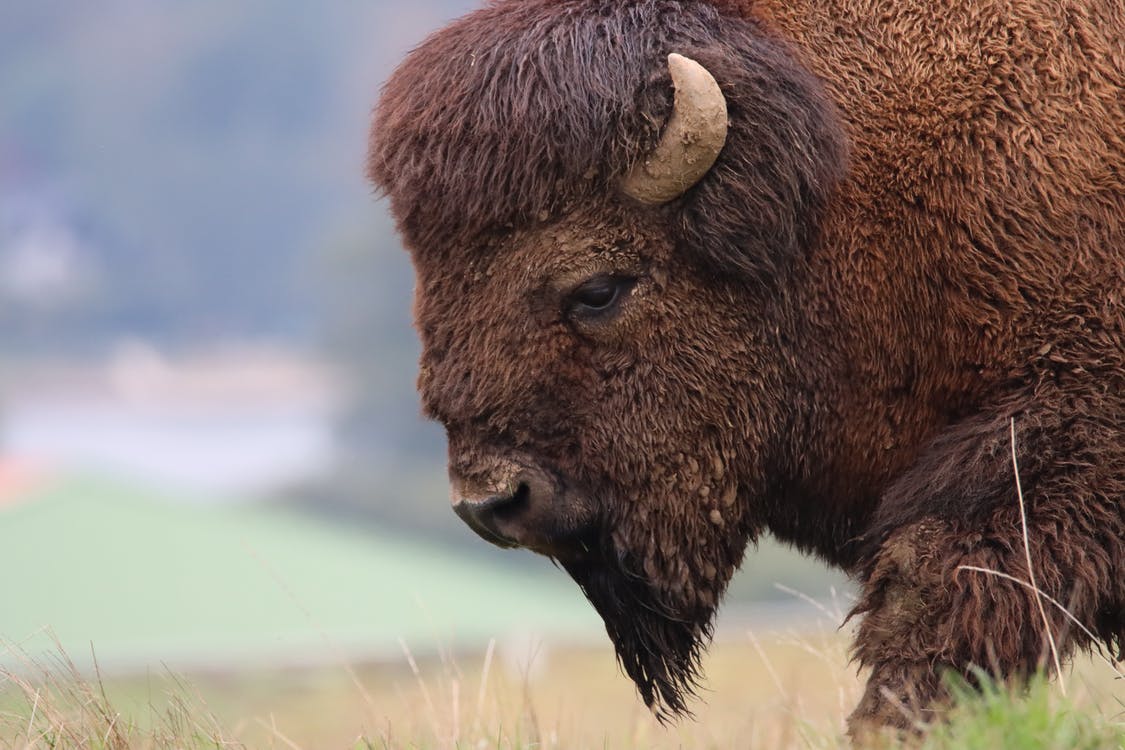
The American bison, commonly called the buffalo, once numbered in the millions across the New World. Highly valued by the American Indians, this massive, shaggy mammal (which averages about 1000 pounds) provided food, clothing, and even housing. When the West was opened for settlement in the 1800's, buffalo numbers decreased significantly, and today you'll only find them roaming free in parks or on specialized farms. Bison meat is popular as a leaner, healthier option, with 25% less calories than beef.
In 1955, the American bison became the official state animal of Kansas.
The white-tailed deer is prolific in our state, ranging all across the plains and even encroaching into suburban areas. With a wide-ranging diet (they eat everything from legumes to leaves to grass), deer are highly adaptable and have a four-chambered stomach that allows them to eat quickly and then digest it later under cover of a safe location.
The shy and nimble deer is ever vigilant, aware of threats from larger predators like coyotes, bobcats, and the human hunter. As it flees, the white tail "flags" and flashes in the air to warn others of danger.
